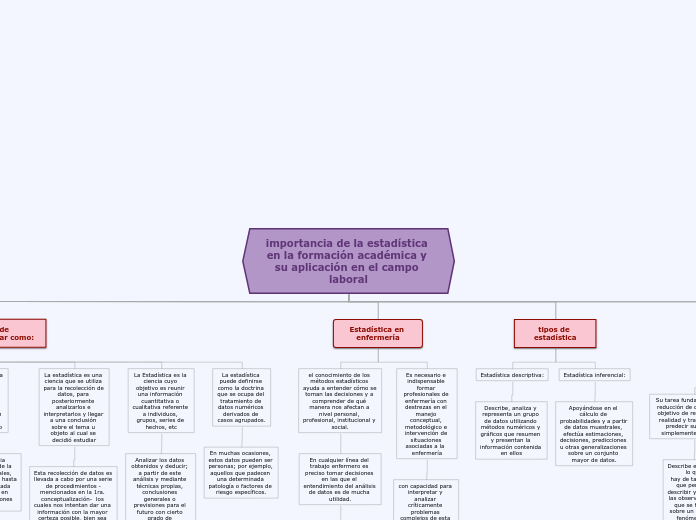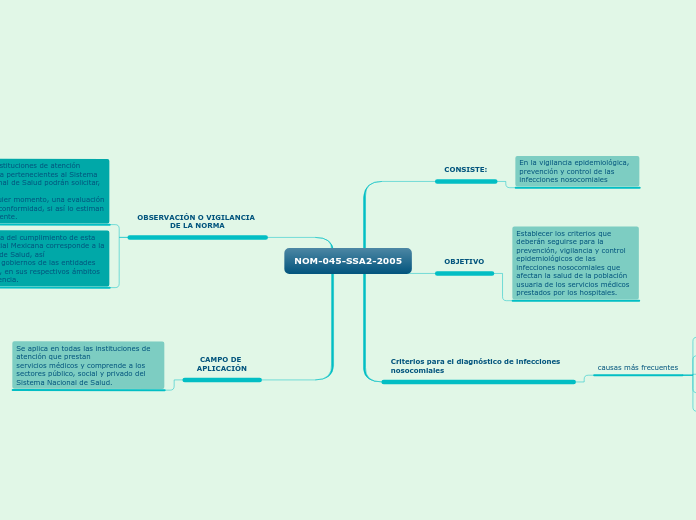Camas Covid
The Solar System is the gravitationally bound system of the Sun and the objects that orbit it, either directly or indirectly. Of the objects that orbit the Sun directly, the largest are the eight planets, with the remainder being smaller objects, the dwarf planets, and small Solar System bodies.
final
cuestionario
página web
Objetivos
Saturn is known most for its rings.
Galileo Galilei first thought it was an object with three parts: a planet and two large moons on either side.
Not knowing he was seeing a planet with rings, the stumped astronomer entered a small drawing — a symbol with one large circle and two smaller ones — in his notebook.
The rings are made of ice and rock and scientists are not yet sure how they formed. The gaseous planet is mostly hydrogen and helium.
Ahorro del tiempo
How long does it take for Saturn to go around the sun?
Atención efectiva
Contribuir
A planet's day is the time it takes the planet to rotate or spin once on its axis.
Write down Saturn's day measured in Earth days.
Evitar aglomeraciones
Cooperar
Información sobre la situación
Slogan
Uranus is an oddball. It has clouds made of hydrogen sulfide, the same chemical that makes rotten eggs smell so foul.
It rotates from east to west like Venus. Its tilt causes extreme seasons that last 20-plus years, and the sun beats down on one pole or the other for 84 Earth-years at a time.
Methane in the atmosphere gives Uranus its blue-green tint. It also has 13 sets of faint rings.
camas
Uranus has 27 moons that we know of. Five of the moons are large and the rest are much smaller.
Name these 5 moons.
La casa de la innovación camas covid
How long does it take for Uranus to go around the sun?
innovación
A planet's day is the time it takes the planet to rotate or spin once on its axis.
Write down Uranus's day measured in Earth days.
logo
Neptune is about the size of Uranus and is known for supersonic strong winds.
Neptune is far out and cold.
The planet is more than 30 times as far from the sun as Earth.
Neptune was the first planet predicted to exist by using math, before it was visually detected. Neptune is about 17 times as massive as Earth and has a rocky core.
Percepción visual
Dos teorías
Teoría tricromática
Azul
Verde
luz roja
Proceso oponente
Colores primarios
Blanco y negro
Amarillo y azul
Rojo y verde
influenciado por varios factores
Temperatura
Intensidad
Brillo
Iluminación
Falta de camas en los centros de salud
auto test
Mars is a cold, desert-like place covered in dust. This dust is made of iron oxides, giving the planet its iconic red hue.
Mars shares similarities with Earth: It is rocky, has mountains, valleys and canyons, and storm systems ranging from localized tornado-like dust devils to planet-engulfing dust storms.
mejorar el flujo
How long does it take for Mars to go around the sun?
Linea habilitada por el gobierno
congestión del servicio
aportar información
A planet's day is the time it takes the planet to rotate or spin once on its axis.
Write down Mars's day measured in Earth days.
Estado de salud
preguntas de reconocimiento
Temperatura corporal
dificultad para respirar?
Categorización de pacientes
Mars has two small moons.
Name these moons.
urgentes y graves
urgentes
Marco teórico
Earth is a water world, with two-thirds of the planet covered by oceans.
It's the only world known to harbor life.
Earth's atmosphere is rich in nitrogen and oxygen.
Its name originates from 'Die Erde,' the German word for 'the ground.'
Earth may once have had two moons, nowadays it has just one.
medidas propiciaron el uso del Internet
la educación y el trabajo en ambito digital
Camas disponibles
1717 en Bogota
8506 camas disponibles en Colombia
Cierre de IPS
Ajustes por riesgo
La reingeniería
Teoría de las restricciones
Dinámicas de sistemas
Grupos relacionados de diagnostico (GRD)
Razones por las cuales se prolonga una estadía
Paciente y eventos adversos
Administración hospitalaria
Relación entre entidades y una red de atención
Personal de salud
Investigación de Advisory Board Company
Reducir estancia
Agregar más camas
Crisis por demanda
How long does it take for Earth to go around the sun?
Aglomeraciones
Eficiencias del personal
Casos de hospitalización
Urgencias primera puerta
Investigación
Venus is Earth's twin in size and has no moons.
Its surface has various mountains and volcanoes. Because of its thick, toxic atmosphere that's made of sulfuric acid clouds, Venus is an extreme example of the greenhouse effect. The average temperature on Venus' surface is 900 F (465 C).
Venus spins slowly from east to west, the opposite direction to most of the other planets.
The Greeks believed Venus was two different objects — one in the morning sky and another in the evening. Because it is often brighter than any other object in the sky, Venus has generated many UFO reports.
En Colombia
Conteos divididos en
Tratamiento en casa
Activos
Muertes
Recuperados
Casos confirmados
25 de marzo del 2020
Mujer de 19 años
Milan, Italia
6 de marzo en Bogota
Propagación
How long does it take for Venus to go around the sun?
Inhalación
Superficies
Manos
Saliva
Estornudar
Toser
Origen desconocido
A planet's day is the time it takes the planet to rotate or spin once on its axis.
Write down Venus's day measured in Earth days.
Cuatro tipos
Gamma
Beta
Delta
Alfa
Expresado
Zoonosis propia de murciélagos
31 de diciembre del 2019
Our Solar System has eight “official” planets which orbit the Sun.
Each planet is at a different distance from the sun. Name its position.
Wuhan, china









